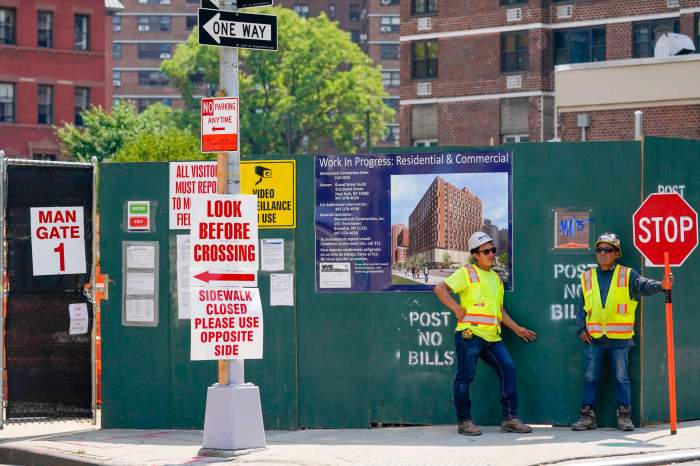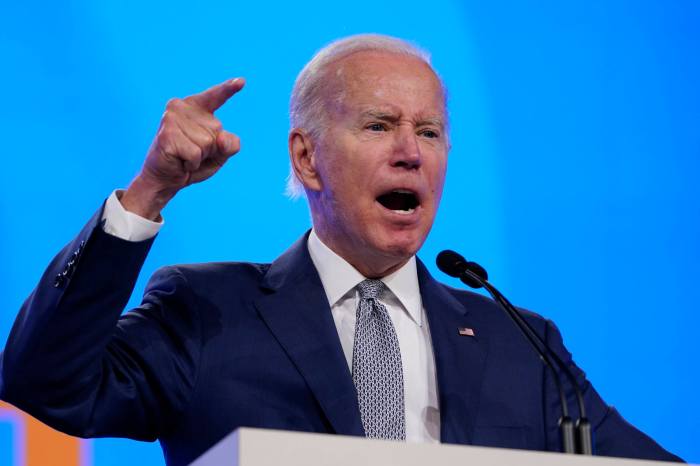A measure of consumer prices that is closely monitored by the Federal Reserve fell last month to its lowest level since March 2021, the latest sign that inflation in the United States is steadily cooling from its once-painful highs.
Prices rose just 3% in June from 12 months earlier, down from a 3.8% annual increase in May, though still above the Fed’s 2% inflation target. On a monthly basis, prices rose 0.2% from May to June, up slightly from 0.1% the previous month. Last month’s sharp slowdown in year-over-year inflation largely reflected falling gas prices, as well as milder increases in grocery costs.
Still, a measure of “core” prices, which excludes volatile food and energy costs, remained elevated even though it also eased last month. Those still-high underlying inflation pressures are a key reason why the Fed raised its short-term interest rate Wednesday to a 22-year high.
A separate report Friday from the Labor Department showed that a gauge of wages and salaries grew at a slower pace in the April-June quarter, suggesting that employers were feeling less pressure to boost pay as the job market cools. Employee pay, excluding government workers, rose 1% last quarter, down from 1.2% in the first three months of 2023. Compared with a year ago, wages and salaries grew 4.6%, down from 5.1% in the first quarter.
The Fed is closely watching the pay gauge, known as the employment cost index. Smaller wage increases should slow inflation over time, because companies are less likely to need to raise prices to cover their higher labor costs.
The inflation report that the Commerce Department issued Friday also showed that Americans’ willingness to keep spending, despite two years of high inflation and 11 Fed rate hikes over 17 months, remains a powerful driver of the economy. Consumer spending rose 0.5% from May to June, up from 0.2% the previous month.
The U.S. economy is in a hopeful but precarious place: A solid job market is bolstering hiring, lifting wages and keeping unemployment near a half-century low. Yet inflation is weakening rather than rising, as it typically does when unemployment is low. That suggests that the Fed may be able to achieve a difficult “soft landing” for the economy, in which inflation falls toward the Fed’s 2% target without triggering a deep recession.
The Fed’s policymakers, though, are concerned that the steadily growing economy could help perpetuate inflation. This can occur as persistent consumer demand enables more companies to raise prices, thereby keeping inflation above the Fed’s target and potentially causing the central bank to raise rates even higher.
The latest evidence of the economy’s resilience came Thursday, when the government reported that it grew at a 2.4% annual rate in the April-June quarter — faster than analysts had forecast and an acceleration from a 2% growth rate in the first three months of the year.
At a news conference Wednesday, Chair Jerome Powell suggested that the Fed’s benchmark short-term rate, now at about 5.3%, was high enough to restrain the overall economy and likely tame inflation over time. But Powell added that the Fed would need to see more evidence that inflation has been sustainably subdued before it would consider ending its rate hikes.
Powell declined to offer any signal of the central bank’s likely next moves. In June, Fed officials had forecast two more rate hikes this year, including Wednesday’s.
Even as overall inflation has eased, “core inflation,” which excludes volatile food and energy costs, remains high. The Fed’s policymakers consider core prices a better measure of where inflation might be headed.



















